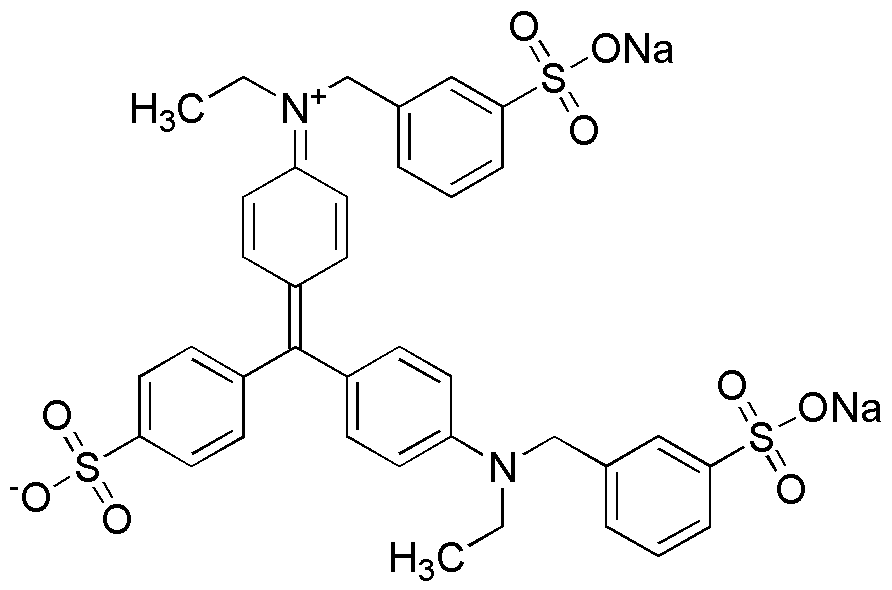Light green SF yellowish Certified is widely utilized in research focused on:
- Textile Industry: This chemical serves as a dye, providing vibrant and stable colors to fabrics, enhancing the aesthetic appeal of clothing and upholstery.
- Biological Research: It is used as a fluorescent marker in microscopy, allowing researchers to visualize cellular structures and processes with high precision.
- Cosmetics: The compound is incorporated in cosmetic formulations for its coloring properties, ensuring products are visually appealing while maintaining safety standards.
- Food Industry: It acts as a food coloring agent, providing an attractive appearance to various food products while adhering to regulatory guidelines.
- Environmental Monitoring: This chemical is employed in analytical chemistry for detecting pollutants in water samples, aiding in environmental protection efforts.
General Information
Properties
Safety and Regulations
Applications
Light green SF yellowish Certified is widely utilized in research focused on:
- Textile Industry: This chemical serves as a dye, providing vibrant and stable colors to fabrics, enhancing the aesthetic appeal of clothing and upholstery.
- Biological Research: It is used as a fluorescent marker in microscopy, allowing researchers to visualize cellular structures and processes with high precision.
- Cosmetics: The compound is incorporated in cosmetic formulations for its coloring properties, ensuring products are visually appealing while maintaining safety standards.
- Food Industry: It acts as a food coloring agent, providing an attractive appearance to various food products while adhering to regulatory guidelines.
- Environmental Monitoring: This chemical is employed in analytical chemistry for detecting pollutants in water samples, aiding in environmental protection efforts.
Documents
Safety Data Sheets (SDS)
The SDS provides comprehensive safety information on handling, storage, and disposal of the product.
Product Specification (PS)
The PS provides a comprehensive breakdown of the product’s properties, including chemical composition, physical state, purity, and storage requirements. It also details acceptable quality ranges and the product's intended applications.
Certificates of Analysis (COA)
Search for Certificates of Analysis (COA) by entering the products Lot Number. Lot and Batch Numbers can be found on a product’s label following the words ‘Lot’ or ‘Batch’.
*Catalog Number
*Lot Number
Certificates Of Origin (COO)
This COO confirms the country where the product was manufactured, and also details the materials and components used in it and whether it is derived from natural, synthetic, or other specific sources. This certificate may be required for customs, trade, and regulatory compliance.
*Catalog Number
*Lot Number
Safety Data Sheets (SDS)
The SDS provides comprehensive safety information on handling, storage, and disposal of the product.
DownloadProduct Specification (PS)
The PS provides a comprehensive breakdown of the product’s properties, including chemical composition, physical state, purity, and storage requirements. It also details acceptable quality ranges and the product's intended applications.
DownloadCertificates of Analysis (COA)
Search for Certificates of Analysis (COA) by entering the products Lot Number. Lot and Batch Numbers can be found on a product’s label following the words ‘Lot’ or ‘Batch’.
*Catalog Number
*Lot Number
Certificates Of Origin (COO)
This COO confirms the country where the product was manufactured, and also details the materials and components used in it and whether it is derived from natural, synthetic, or other specific sources. This certificate may be required for customs, trade, and regulatory compliance.


